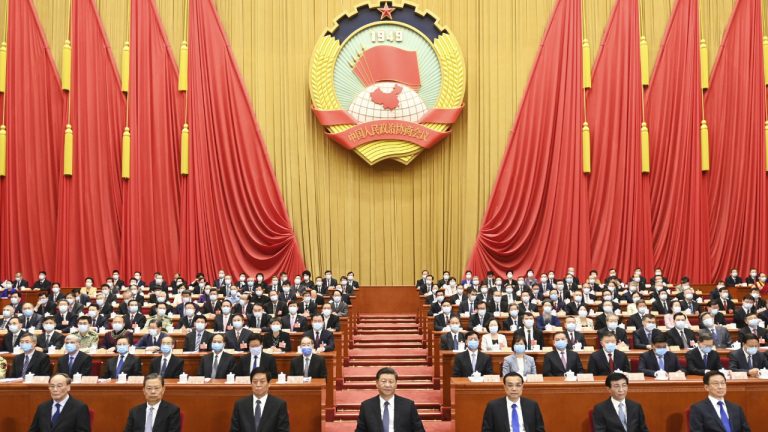2018-7-13 07:21 |
China was once the hub of the cryptocurrency movement. After a government crackdown in 2017, however, China has become a cryptocurrency “wasteland” according to a new report from Bloomberg.
“Crackdown turns China from bitcoin’s epicenter to a wasteland,” reported Bloomberg earlier this week, citing stats like declining Yuan volume on cryptocurrency exchanges worldwide.
The Chinese Yuan accounts for less than 1% of global cryptocurrency trading volume, according to a report from China’s state-run news outlet, Xinhua News Agency, which cited data from China’s central bank.
Japan has taken China’s place as a cryptocurrency trading epicenter. The Japanese Yen is now the most frequently-used currency for trading.
While China was banning crypto-related activities in 2017, Japan was embracing them. Japan introduced a licensing system for digital asset venues in 2017. Today, the Japanese Yen accounts for more than 45% of global bitcoin trading volume, according to CryptoCompare.com.
In September 2017, the Chinese government banned initial coin offerings (ICOs), declaring ICOs illegal across the country. That ban led to an instant 10% drop in bitcoin prices. Soon after the ban was announced, the Shanghai-based BTCC bitcoin exchange, formerly one of the world’s highest-volume exchanges, announced that it had been forced to close its Chinese trading operations.
Despite the ICO ban, cryptocurrency trading continued in China throughout the end of 2017 and into 2018. Then, in February, the People’s Bank of China (PBOC), the central regulatory authority for financial institutions in the country, issued a statement declaring that it would “block access to all domestic and foreign cryptocurrency exchanges and ICO websites”, preventing citizens of China from trading cryptocurrencies in any way.
Today, the PBOC continues to view virtual currencies as illegal because, as reported by Investopedia, “they are not issued by any recognized monetary institution, don’t hold any legal status that can make them equivalent to money, and hence advises against their circulation as a currency.”
If the latest report from Xinhua is to be believed, then this ban has worked incredibly well. Chinese traders have moved their activities to the semi-autonomous region of Hong Kong, while Japanese exchanges have become more prominent following the ban.
Of course, Xinhua is a state-run news agency, which means they’re likely to put a positive spin on any government initiatives. The report also doesn’t explain the number of Chinese traders who have circumvented the ban.
It’s also important to note that 1% of global bitcoin trading volume is still a significant figure. Over the last 24 hours, traders traded approximately $3.6 billion worth of bitcoin across all crypto exchanges. If the Chinese Yuan accounts for 1% of this trading volume, then that means the Chinese Yuan is responsible for approximately $36 million USD (240 million CNY) of bitcoin trading volume every day – still a significant amount.
There is a silver lining here. China is the world’s largest country. Prior to the government crackdown, China had more bitcoin users than any other country in the world. Overnight, the government issued sharp restrictions on cryptocurrencies. The price of bitcoin plummeted and some people called it the end of cryptocurrencies. However, that death never took place, and crypto prices quickly bounced back. If cryptocurrencies can survive being banned in the world’s most populous country, then that’s good news for the longevity of cryptocurrencies.
origin »Global Cryptocurrency (GCC) на Currencies.ru
|
|





















